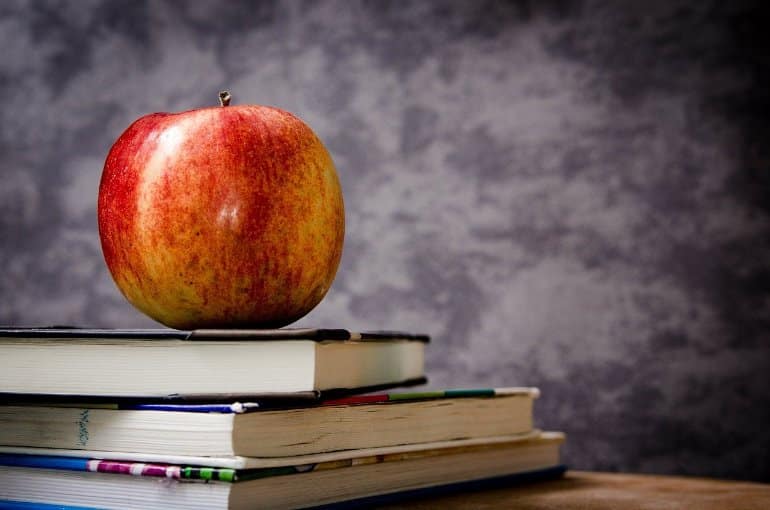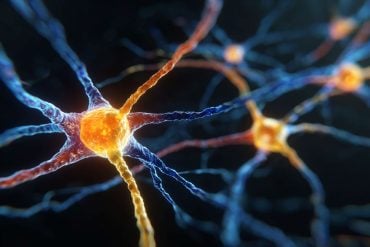Summary: High concentrations of phytonutrients from apples stimulate neurogenesis and could help boost brain function.
Source: International Society for Stem Cell Research
Natural compounds found in apples and other fruits may help stimulate the production of new brain cells, which may have implications for learning and memory, according to a new study in mice published in Stem Cell Reports.
Chemical substances found in plants, so-called phytonutrients, such as resveratrol in red grapes or epigallo-catechin-3-gallate (EGCG) in green tea, can have positive effects on different parts of the body including the brain.
Researchers Tara Louise Walker, University of Queensland, Brisbane, Australia and Gerd Kempermann, German Center for Neurodegenerative Diseases, Dresden, Germany, and colleagues found that high concentrations of phytonutrients from apples stimulate the generation of new neurons, a process called neurogenesis.
The study showed that laboratory-grown stem cells from adult mouse brains generated more neurons and were protected from cell death when quercetin or dihydroxybezoic acid (DHBA), phytonutrients commonly found in apples, were added to the cultures.

Subsequent tests in mice showed that in distinct structures of the adult brain associated with learning and memory, stem cells multiplied and generated more neurons when the mice were given high doses of quercetin or DHBA.
The effects on neurogenesis were comparable to effects seen after physical exercise, a known stimulus for neurogenesis.
This study suggests that natural compounds in fruits, such as quercetin, DHBA and potentially others, may act in synergy to promote neurogenesis and brain function when given in high concentrations.
Future studies will be required to determine if these and other phytonutrients can enhance learning and cognitive function in animal models and in humans.
About this neurogenesis research news
Source: International Society for Stem Cell Research
Contact: Press Office – International Society for Stem Cell Research
Image: The image is in the public domain
Original Research: Open access.
“Apple Peel and Flesh Contain Pro-neurogenic Compounds” by
Gerd Kempermann et al. Stem Cell Reports
Abstract
Apple Peel and Flesh Contain Pro-neurogenic Compounds
Highlights
- •Quercetin promotes hippocampal precursor cell survival and differentiation
- •Quercetin induces endogenous antioxidants and the AKT pathway
- •Apple juice supplementation has no effect on adult neurogenesis or learning
- •3,5-Dihydroxybenzoic acid increases precursor cell proliferation and neurogenesis
Summary
As mammals evolved with exposure to particular diets, naturally abundant compounds may have become part of the set of environmental co-determinants that shaped brain structure and function. Here we investigated whether bioactive factors found in apples directly affect hippocampal neurogenesis in the adult mouse. We found that quercetin, the most abundant flavanol in apple peel, was anti-proliferative at high concentrations but pro-neurogenic at low concentrations. This was confirmed in vivo, with intraperitoneally delivered quercetin promoting survival and neuronal differentiation, without affecting proliferation. Using a bioassay-guided fractionation approach we also identified additional pro-neurogenic compounds in apple flesh that were not related to flavonoids. We found that 3,5-dihydroxybenzoic acid significantly increased neural precursor cell proliferation and neurogenesis. This work shows that both flavonoids and 3,5-dihydroxybenzoic acid are pro-neurogenic, not only by activating precursor cell proliferation but also by promoting cell-cycle exit, cellular survival, and neuronal differentiation.







